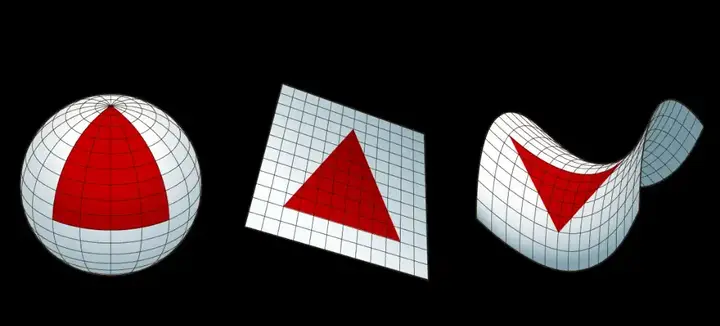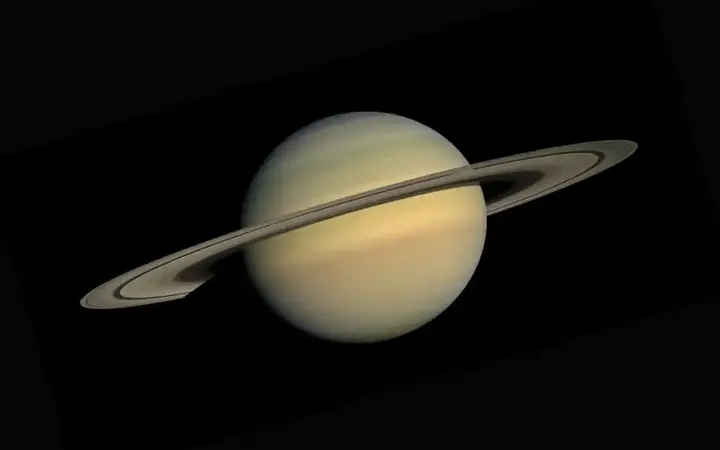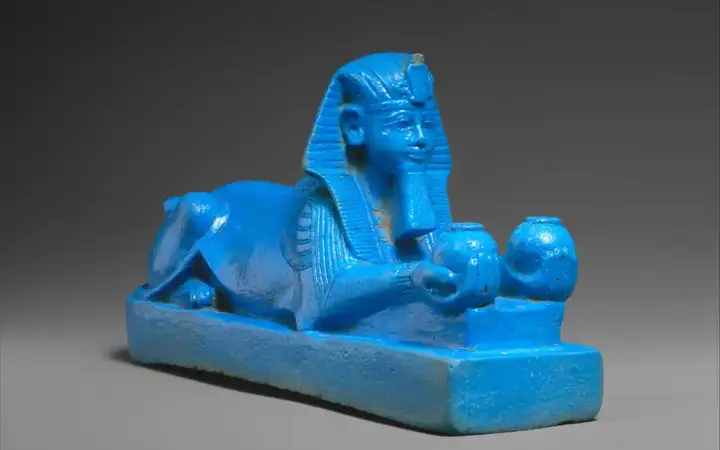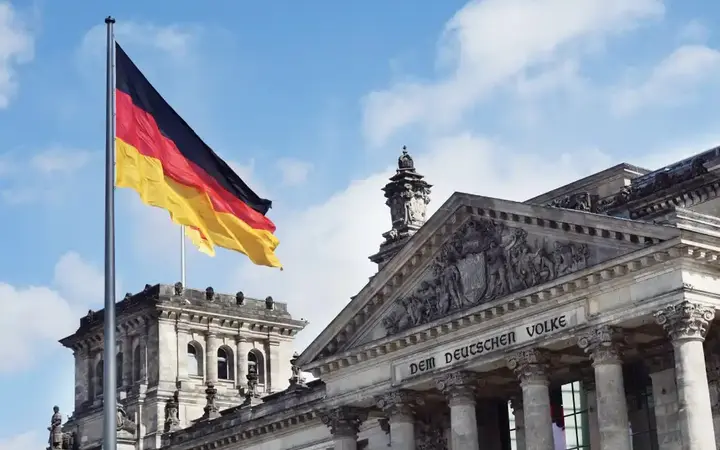Scientists wonder if the universe looks like a donut cake

This is just one of the many possibilities of the topology of the universe. "We are trying to find the shape of space," says Yasar Akrami of the Institute of Theoretical Physics in Madrid, a member of an international partnership called Compact (Cooperation for observations, models and predictions of anomalies and cosmic topology). In May, the agreement team made it clear that the question of the shape of the universe was still wide open, and they studied future possibilities to determine that shape.
Show key points
- Scientists are actively exploring the topology of the universe to understand its overall shape and structure, but no definitive answers have been found yet.
- The geometry and curvature of space, influenced by Einstein’s theory of general relativity, help determine the universe’s possible topological forms.
- Even though the universe appears flat based on current observations, flat space can still contain complex, finite topologies with no visible boundaries.
- ADVERTISEMENT
- Some topological models suggest the universe could be looped in a way that allows light to create multiple images of celestial objects, much like a hall of mirrors.
- The cosmic microwave background (CMB) carries imprints from the early universe, offering clues that researchers hope to use in identifying the shape of space.
- While improved CMB data is valuable, researchers believe that combining CMB findings with broader astronomical observations will offer a clearer picture of the universe’s topology.
- Projects like the Euclid Space Telescope and SKA radio observatory aim to survey cosmic matter comprehensively, potentially enabling humanity to map the entire universe.
The topology of an object determines how its parts communicate. Donuts have the same structure as a teacup, as the hole is equivalent to the handle: you can reshape a cup-shaped clay donut without tearing it off. Similarly, a ball, a cube, and a banana all have the same structure, without holes. It is difficult to imagine the idea that the whole universe can have a shape. In addition to topology there is another aspect: bending. In his 1916 theory of general relativity, Albert Einstein showed that space can be bent by massive objects, creating the force of gravity.
Recommend

Imagine that space is two-dimensional, like paper, instead of having all three spatial dimensions. A flat area is like a flat sheet, while a curved area can be like a ball surface (positive curvature) or saddle (negative curvature). These possibilities can be distinguished by simple geometry. On a flat sheet of paper, the sum of the angles of the triangle should reach 180 degrees. But on a curved surface, that's no longer the case. By comparing the true and apparent size of distant objects such as galaxies, astronomers can see that our universe as a whole looks as close to the flat as we can measure: it resembles a flat sheet pierced with small dimples where each space star is distorted. Around.
"By knowing what a curvature is, you'll know the possible types of topology," says Akrami. A flat space can last forever, like an infinite sheet of paper. This is the most tedious and trivial prospect. But flat geometry also fits into some topologies that cosmologists call "non-intuitive," meaning it's more interesting and can become mind-boggling.
There are, for mathematical reasons, 18 possibilities specifically. Overall, they correspond to the universe being of limited size but without edges: if you travel beyond the scale of the universe, you will end up where you started. It's like a video game screen where the rightmost character appears on the far left – as if the screen is twisted into a ring. In three dimensions, the simplest of these topologies is the triangular bound: like a box from which you exit through any face, and then enter again through the opposite face.

If you can look across the entire universe – which requires the speed of light to be infinite – you will see countless copies of yourself in all directions, like a three-dimensional hall of mirrors. Other, more complex topology are variations on the same subject, where, for example, images will appear slightly variable - reinserting the box in a different place, or perhaps twisted so that the right becomes left. If the size of the universe is not very large, we may then be able to see such duplicate images, an exact copy of our galaxy for example. "People started looking for topology on very small scales by looking for images of the Milky Way," says Gavi. But it's not entirely clear because of the limited speed of light – "you have to look for it as it was a long time ago" – and therefore you may not recognize the duplicate. Our galaxy is also moving, so the version won't be in the same place as we are now. And some more unusual topologies will also change them. After all, astronomers have not seen such cosmic duality.
On the other hand, if the universe is truly enormous but not infinite, we may never be able to distinguish between the two, says Akrami. But if the universe is finite, at least in some directions, and not much larger than as far away as we can see, we should be able to detect its shape. One of the best ways to do this is to look at the cosmic microwave background (CMB): the very faint glow of heat left by the Big Bang itself, which fills the universe with microwave radiation. First discovered in 1965, CMB radiation is one of the main evidence that the Big Bang ever occurred. It is uniform almost throughout the universe. But as astronomers developed more accurate telescopes to detect and map it across the sky, they found slight differences in the "temperature" of this microsea from place to place. These differences are remnants of random temperature differences in the nascent universe, differences that helped the structure emerge, so that matter does not spread in the universe evenly throughout the universe like butter on bread. CMB radiation is therefore a map of what the universe looked like in its earliest stages that we can still observe today (about 10 billion years ago), imprinted on the sky around us.
Aurich says the planned improvement of the CMB map in an international project called CMB Phase 4, using dozens of telescopes in Chile and Antarctica, would help in the search process. But Charter researchers believe that unless we are lucky, CMB radiation alone may not allow us to answer the topology question definitively. However, they say there is a lot of other astronomical data that we can use as well: not just what's on the CMB map's "ball," but what's inside, in the rest of space. "Everything in the universe is influenced by topology," says Akrami. "The ideal case would be to combine everything observable, and hopefully that will give us a great signal for topology." He says the team wants to either detect that signal, or show that it is impossible. There are several instruments now in use or under construction that will fill in more detail about what is within the observable volume of space, such as the European Space Agency's Euclid Space Telescope, which was launched last year, and the SKA (formerly Square Kilometer Array) observatory, a system of radio telescopes being built in Australia and South Africa. "We want to do a census of all the matter in the universe, which will enable us to understand the global structure of space and time," Gavi says. If we succeed – and if it turns out that cosmic topology makes the universe finite – Ekrami imagines a day when we have something like Google Earth for the entire universe: a map of everything.
![]()
6 Things Expats Wish They Knew Before Moving to Hong Kong
Hong Kong’s street food scene is full of delicious surprises—think egg pancakes, wonton pasta, and authentic fish balls at wallet-friendly prices. If you’re feeling fancy, don’t miss the city’s Michelin-starred dim sum spots. more- ADVERTISEMENT
![]()
Simple ways to ascertain the nature of the curved ground
You don't need fancy tools or deep science to see Earth's curve—just use your camera, observe buildings, watch ships at sea, enjoy a flight, explore space photos, witness an eclipse, or study ocean tides. These simple experiences reveal the beautiful, curved nature of our planet in creative and exciting ways. more- ADVERTISEMENT
![]()
The most fascinating discoveries we have made to explore Jupiter
Jupiter’s Great Red Spot, a massive storm lasting centuries, and the mysterious, possibly liquid core make it a planet full of extremes. Its moons—especially Europa with its hidden ocean—offer exciting clues about extraterrestrial life. With Juno and upcoming missions, the future of exploring this gas giant looks thrilling. more- ADVERTISEMENT
![]()
How to price your product? Best Pricing Strategies
Finding the right price for your product is key to profit and customer satisfaction. Try different strategies—like cost-based, value-based, or psychological pricing—and stay flexible. There's no one-size-fits-all method, but aligning your price with customer needs and market factors is the smart move. more- ADVERTISEMENT
![]()
Marseille: the city where everyone belongs to another place
Marseille is a vibrant coastal city where cultures from around the world blend in daily life. From Arabic to French and Italian, its streets echo with languages and stories of migration, making it a unique place filled with diverse food, traditions, and peaceful coexistence among its residents. more- ADVERTISEMENT
![]()
The Historical Arch of Egyptian Blue: A Journey Through Time
The Historical Arc of Egyptian Blue- A Journey Through Time more- ADVERTISEMENT
![]()
Lebanon's basketball team's success story despite economic turmoil
Lebanon’s basketball scene is thriving, with its national team and clubs like Riyadi and Hikmeh making waves internationally. Despite economic struggles, passionate support from the Lebanese diaspora keeps the sport alive, turning basketball into a powerful symbol of national pride and unity across the country and its communities abroad. more- ADVERTISEMENT
![]()
Can you get into Svalbard's seed vault?
Tucked inside a remote Arctic mountain, the Svalbard Global Seed Vault stores over 930,000 crop varieties as a backup for global food security. It's a quiet champion, preserving biodiversity and standing ready when disaster or conflict strikes, like it did for Syria’s lost gene bank. more- ADVERTISEMENT
![]()
How to learn German for free in 6 months
Learning German opens doors to job and study opportunities in Germany, Austria, and Switzerland. With dedication—three hours a day—you can reach intermediate level in six months. YouTube channels like Deutsch mit Mira, German with Mr. Shehata, and Khaled Bozan make learning fun and accessible for everyone. more- ADVERTISEMENT
![]()
Habits of remarkably calm people
Remarkably calm people aren't born that way—they build habits like mindfulness, deep breathing, and regular exercise to stay composed. They also focus on positive thinking, good sleep, and managing time well. These simple yet powerful habits help them stay cool even when life gets stressful. more- ADVERTISEMENT





















